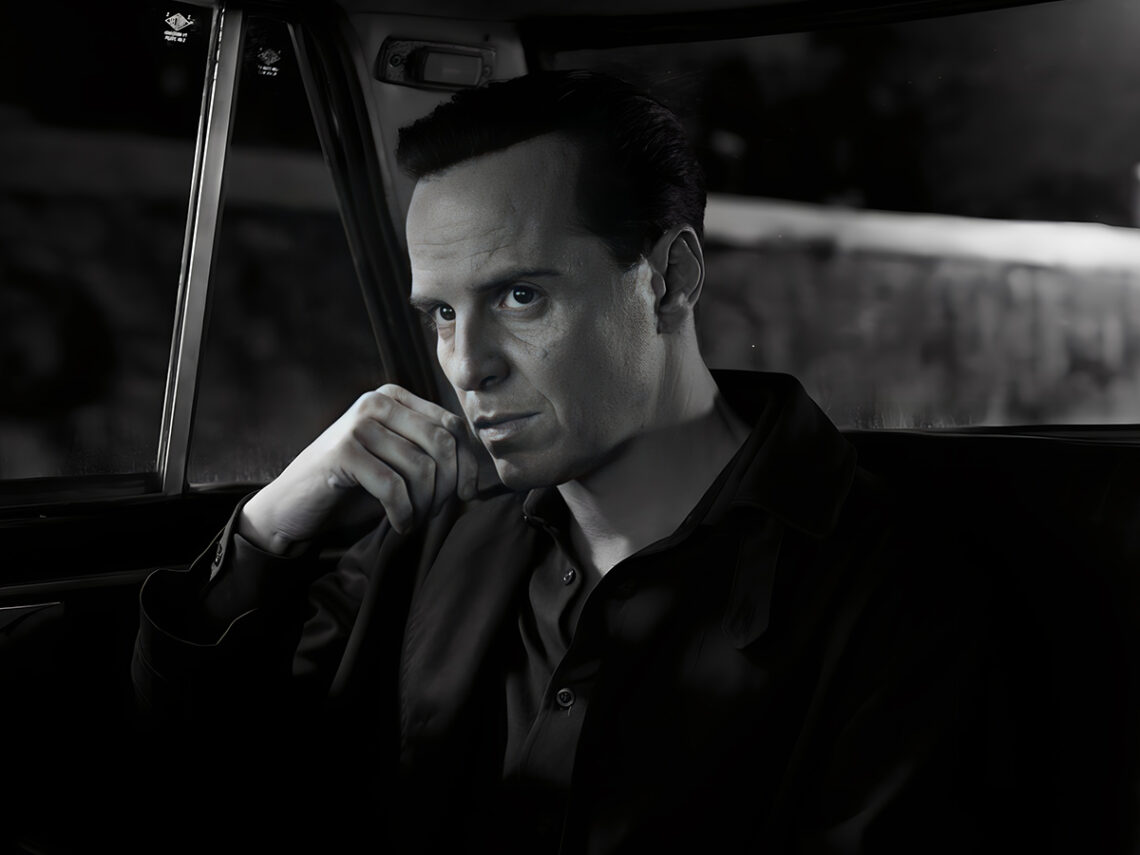Steven Zaillian’s adaptation of Patricia Highsmith’s The Talented Mr Ripley is exquisitely shot. If you adore neorealist films like The Bicycle Thief and Pather Panchali (translated: Song of the Little Road) or just never got enough of noir gems like Sunset Boulevard, you are bound to drool over the cinematography of Ripley.
The decision to shoot Steven Zaillian’s Ripley entirely in black and white has been a subject of both admiration and critique—mainly from a loud minority on social media. Folks who loved Anthony Minghella’s vivid colour palette for the 1999 adaptation and those who come to Netflix to enjoy mindless binges that are also pretty to look at have joined hands. They are not impressed with Zaillian’s creative vision, which was manifested into reality by cinematographer Robert Elswit.
Departing from the vibrant palettes typical of Italian locales and the 1960s New York City setting, the noir-inspired aesthetic sets Ripley apart from the other Highsmith adaptations and sets the ambience for this tale of murder and betrayal. The decision to embrace the monochrome style is a bold move—more so for an eight-episode series—that immediately set their production apart. And this was a decision Zaillian came to early on.
“The edition of the Ripley book I had on my desk had an evocative black-and-white photograph on the cover,” Zaillian shared with Vanity Fair. “As I was writing, I held that image in my mind. Black and white fits this story—and it’s gorgeous.” We agree wholeheartedly.
Why is Ripley all in black and white?
As gorgeous as the Italian coastline looks in Ripley, the story is not one that is celebratory. “I didn’t want to make a pretty travelogue,” Zaillian added. “I also felt that this story — the one that she [Patricia Highsmith] told, the one that I wanted to tell — was quite sinister and quite dark,” he went on. “I just couldn’t imagine that taking place in a beautiful Italian setting with bright blue skies and colourful outfits and things like that.”
Noir visuals serve as more than just an aesthetic choice; they become integral to storytelling. By stripping away the distraction of colour, you are drawn in deeper to examine the characters’ psyches better. Andrew Scott’s portrayal of Tom Ripley as a noir anti-hero benefits immensely from this approach. His nuanced performance, characterised by subtle shifts and micro expressions, is accentuated by the stark chiaroscuro strokes and shadowy depths of the black-and-white cinematography.
Elswit praised Scott, saying, “Andrew has such an expressive face.” He also spoke about how joyous it was to play around with light and shadows, especially with the medium and tight close-ups. “It was always fun to find an interesting way of creating contrast and shadows on his face. He was an inspiration to me all the way through,” Elswitt effused.
While the decision to shoot in black and white may have raised a few eyebrows, its execution proves to be anything but pretentious or unnecessary. Instead, it serves as a testament to Zaillian’s commitment to a coherent creative vision. These aesthetic sensibilities are significantly responsible for helping Ripley emerge as a prestigious project that transcends the boundaries of traditional crime dramas and remakes and reboots that have become a dime a dozen.
You can watch Ripley on Netflix and watch the trailer here:
